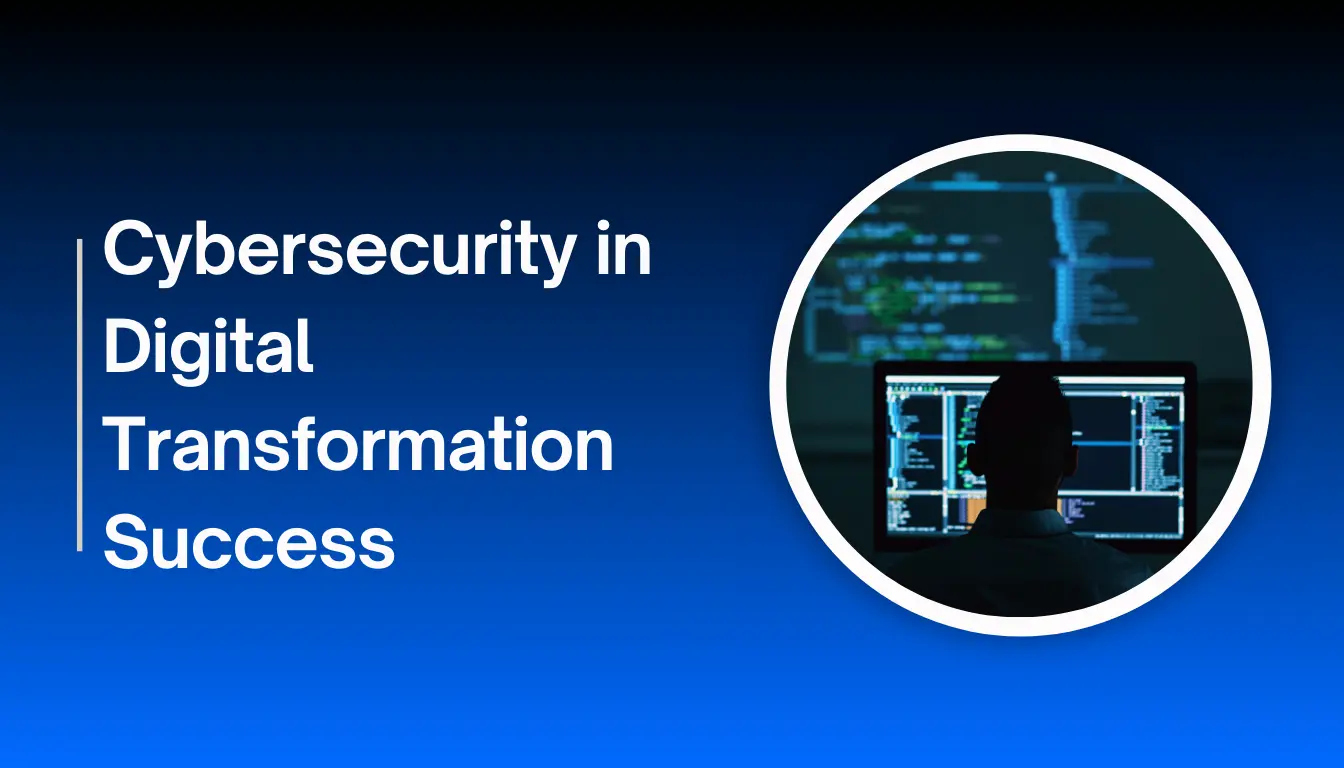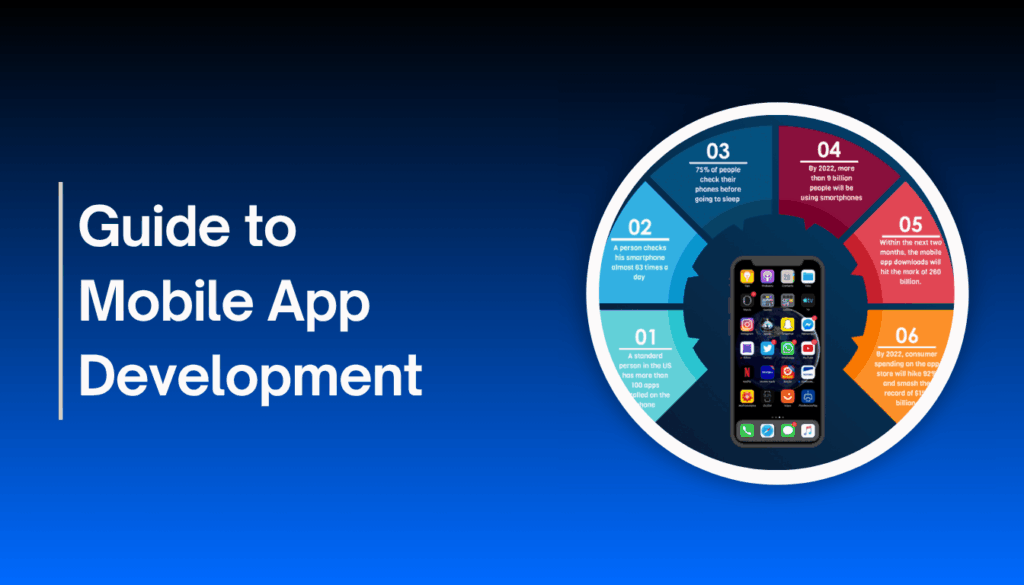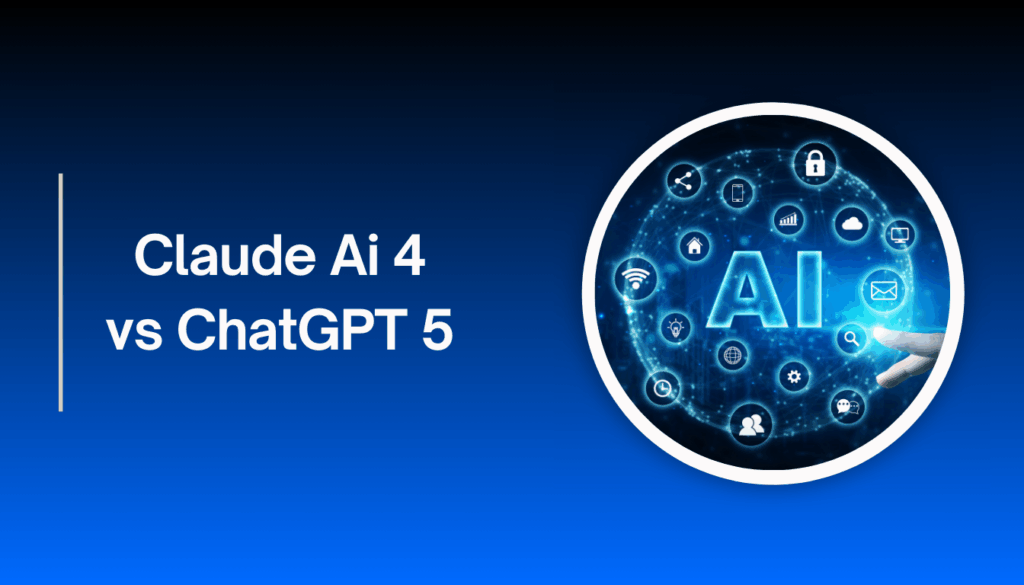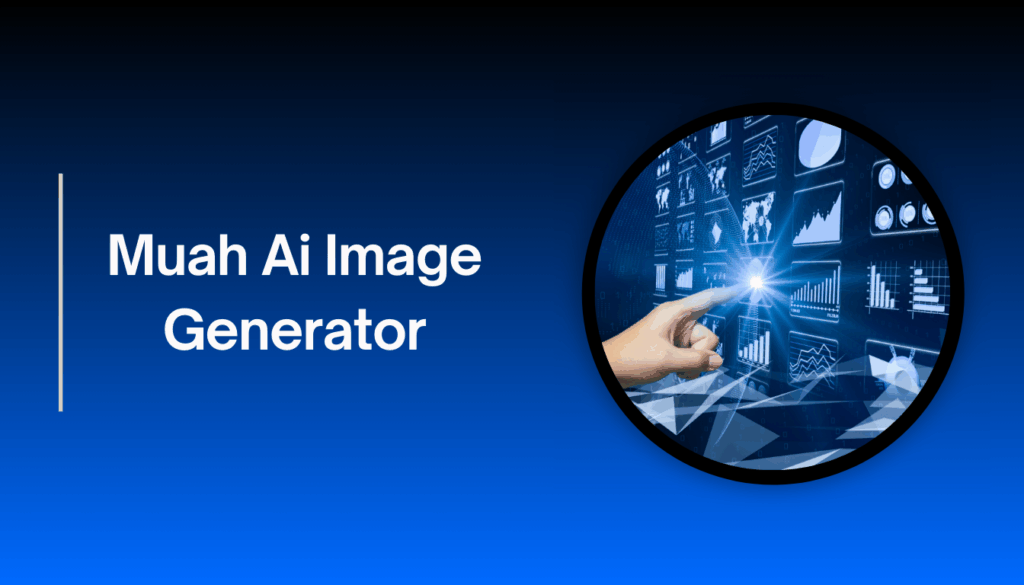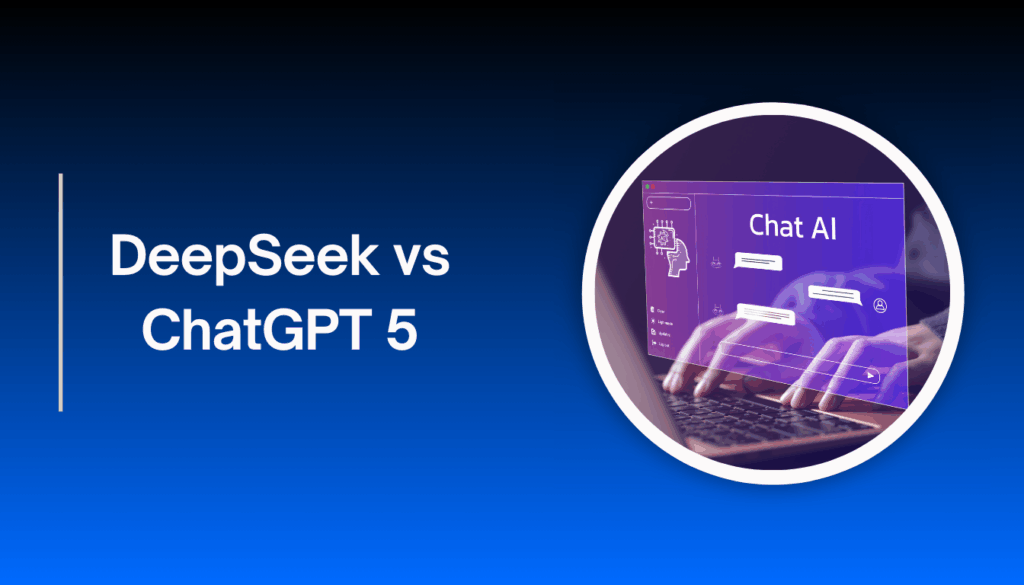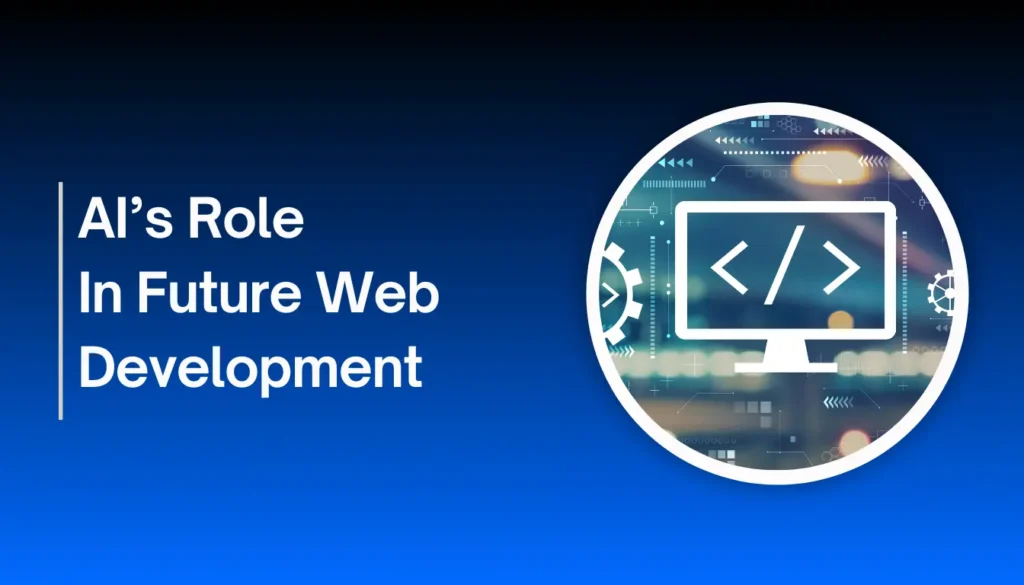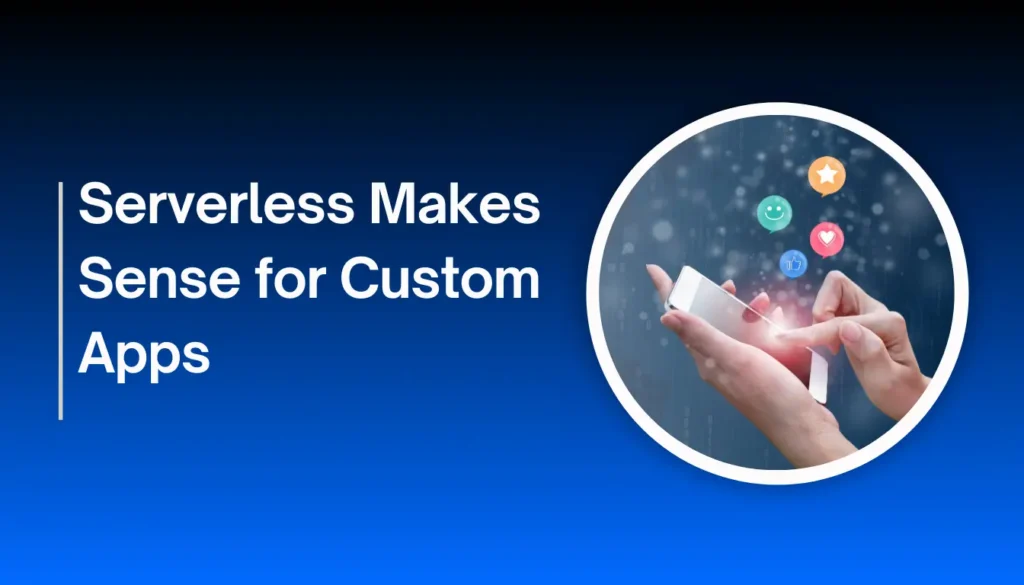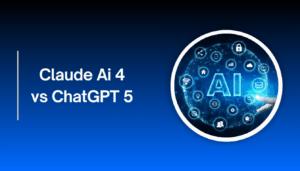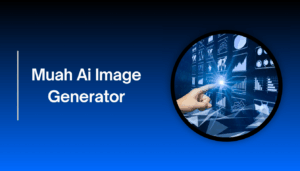Did you know that by 2025, cybercrime is expected to cost the global economy a staggering $10.5 trillion annually? This statistic alone highlights a critical challenge for businesses worldwide. As companies rush to embrace digital transformation, adopting cloud services, AI, and remote work, they often overlook a foundational element: cybersecurity. Many see security as a roadblock, a separate IT function that slows down innovation.
However, this mindset is a recipe for disaster. From my experience as a professional navigating complex digital projects, I’ve seen firsthand that security is not a barrier; it’s the very foundation of a successful transformation.
Without a robust and integrated cybersecurity strategy, your ambitious digital projects are vulnerable to breaches, operational disruptions, and a devastating loss of customer trust. The journey to a modernized business is only as strong as its defenses.
Cybersecurity as a Strategic Business Enabler
In 2025, the role of cybersecurity has evolved from a technical necessity to a strategic business enabler. A security-first approach allows companies to innovate with confidence, knowing their data and operations are protected.
This is the difference between a successful transformation that drives growth and one that becomes a costly, public failure. The key is to integrate security into every stage of your digital journey, from the initial planning phase to post-deployment monitoring. This “secure by design” philosophy ensures that security is a core component of your digital architecture, not an afterthought.
Building a Foundation of Trust: Key Strategies for 2025
Adopting a Zero Trust Architecture
The traditional security model of “trusting everything inside the network” is obsolete. The modern threat landscape, with remote work and cloud services, demands a new approach. Zero Trust Architecture (ZTA) operates on the principle of “never trust, always verify.”
It requires continuous authentication and authorization for all users and devices, regardless of their location. This granular approach to security minimizes the risk of insider threats and lateral movement within a network if a breach does occur.
In my work, I’ve seen ZTA adoption dramatically reduce the blast radius of a potential cyber attack, making it a non-negotiable part of any modern digital transformation plan.
- Continuously verify all users, devices, and applications before granting access.
- Use multi-factor authentication (MFA) as a standard practice for all access points.
- Segment your network to limit lateral movement in case of a breach.
- Monitor all network traffic for suspicious activity in real-time.
Security as a Part of DevOps (DevSecOps)
Speed is a hallmark of digital transformation, and the DevOps model helps teams deliver software faster than ever. However, if security is left out of this process, you create a fast track for vulnerabilities. DevSecOps integrates security into every stage of the software development lifecycle, from coding to deployment.
This means security teams work alongside developers and operations teams to identify and fix vulnerabilities in real time. It’s a cultural shift that makes security everyone’s responsibility and ensures that code is secure from its inception.
- Integrate automated security scans into your CI/CD pipelines.
- Conduct regular vulnerability and penetration testing on your applications.
- Provide developers with security training and tools to write secure code.
- Use a “shift-left” approach to find and fix security flaws earlier in the process.
Managing Third-Party and Supply Chain Risk
As businesses become more interconnected, so do their risks. Your digital transformation likely involves working with a variety of third-party vendors, from cloud service providers to software suppliers.
A vulnerability in one of these partners can become a gateway for an attack on your organization. In 2025, managing this third-party and supply chain risk is a critical part of a comprehensive cybersecurity strategy.
This involves thorough vetting of vendors, clear contractual security requirements, and continuous monitoring of their security posture.
- Establish a robust vendor risk management program.
- Demand clear security and compliance certifications from all third-party partners.
- Include security requirements and clauses in all vendor contracts.
- Continuously monitor your vendors and their services for potential security vulnerabilities.
Common Mistakes that Jeopardize Digital Transformation
The path to digital success is littered with common errors. Many businesses still treat cybersecurity as a checklist item rather than an ongoing strategy. One of the biggest mistakes is failing to involve security professionals from the beginning of a digital transformation project. This leads to security being “bolted on” at the end, which is costly, inefficient, and often ineffective.
Another major pitfall is underestimating the human element. According to a recent Verizon report, 68% of breaches involve a human element, often due to phishing or weak passwords. Investing solely in technology without proper employee training is a mistake that leaves your organization’s most valuable asset, your people, as your weakest link.
“Ignoring cybersecurity in digital transformation is like building a high-tech fortress with no gates. It looks impressive, but it’s completely vulnerable.” This is a truth I’ve seen play out in real-world scenarios, where a focus on flashy tech overshadowed fundamental security.
A comparison of key approaches:
| Successful Approach | Common Mistake |
|---|---|
| Integrating security from the start (Security by Design). | Treating security as an afterthought. |
| Adopting a Zero Trust Architecture. | Relying on outdated perimeter-based security. |
| Prioritizing employee cybersecurity training. | Focusing solely on technology without addressing human error. |
| Proactively managing third-party risks. | Assuming vendors are secure without verification. |
Essential Tools for a Secure Digital Transformation
In 2025, the toolkit for cybersecurity is more sophisticated than ever. Here are some categories of tools and technologies that are vital for protecting your digital assets:
- Threat Detection and Response Platforms: Tools that use AI and machine learning to analyze network traffic and system behavior in real-time, identifying and responding to threats automatically.
- Cloud Security Posture Management (CSPM): Solutions that continuously monitor your cloud environments to ensure they are configured securely and comply with regulations.
- Identity and Access Management (IAM): Platforms that manage user identities and control access to resources, often with features like MFA, single sign-on (SSO), and role-based access control.
- Vulnerability Management Platforms: Tools that continuously scan your networks and applications to identify and prioritize vulnerabilities, allowing you to patch them before they can be exploited.
The right combination of these tools, tailored to your specific business needs, forms a powerful defense against modern cyber threats.
Key Takeaways
- Cybersecurity is a core component of a successful digital transformation, not an obstacle.
- Adopting a Zero Trust Architecture is essential for protecting modern, distributed environments.
- DevSecOps practices integrate security into the software development lifecycle, ensuring speed without sacrificing quality.
- A major risk is the human element, so continuous employee training is vital.
- Proactive management of third-party vendor risk is a critical part of a comprehensive security strategy.
FAQ
What is The Role of Cybersecurity in Successful Digital Transformation?
The role of cybersecurity in a successful digital transformation is foundational. It provides a secure framework for innovation, protecting new digital assets, customer data, and business operations from an evolving threat landscape. Without a security-first approach, a transformation can expose the organization to significant risks, leading to financial and reputational damage.
How can a business start integrating cybersecurity into its digital transformation plan?
A business should start by conducting a comprehensive risk assessment of its current and future digital initiatives. This assessment should identify potential vulnerabilities and threats. From there, a strategic cybersecurity roadmap should be developed, with security being a core consideration in every project from its initial design to its final implementation.
What is the biggest cybersecurity threat to digital transformation in 2025?
While threats like ransomware and phishing remain significant, one of the biggest threats to digital transformation in 2025 is the rapid adoption of AI without proper security safeguards. Cybercriminals are using AI to create more sophisticated attacks, while companies are not always prepared to secure their own AI platforms, creating new and complex vulnerabilities.
Recommendations
To future-proof your business in 2025, you must treat cybersecurity as an investment, not a cost. Begin by fostering a culture of security throughout your organization, led by senior management. Integrate security practices into every project from day one and prioritize continuous employee training to turn your people into your first line of defense. Invest in modern security tools that leverage AI and automation to keep pace with threats.
Most importantly, remember that digital transformation is a journey of continuous change and your security strategy must evolve right along with it. A secure transformation is a smart one, building a foundation of trust that will sustain your business for years to come.


